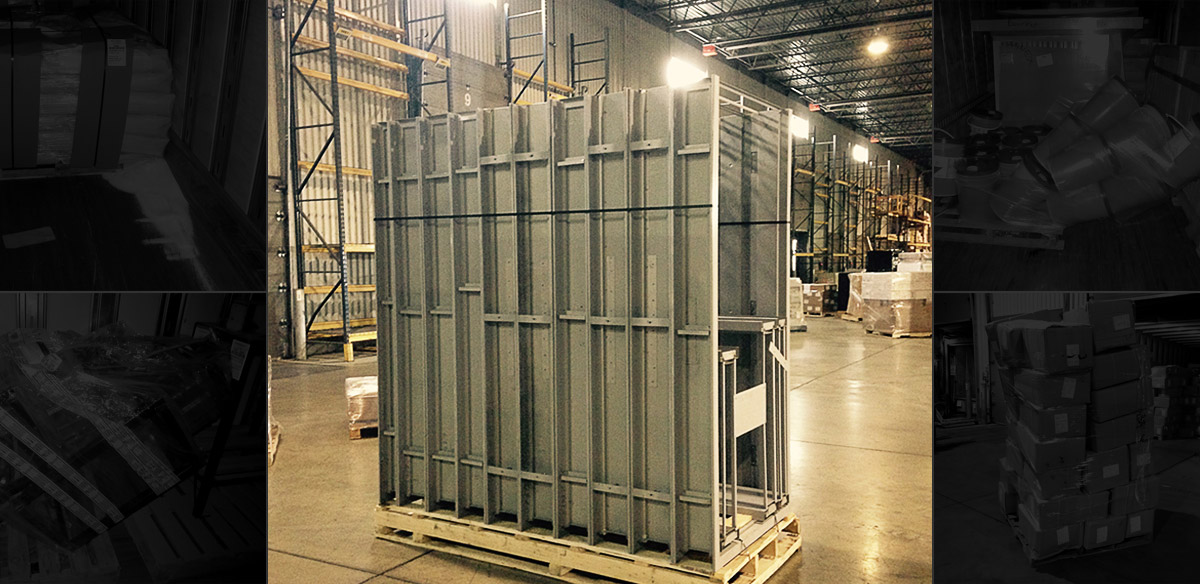Tips and Advice for Packing Your Goods for Transport
17 May 2016
Whether your goods travel a few streets or hundreds of kilometers, one turn or pothole could mean bad news. By packing well, you can prepare your load for the onslaughts of the road (such as swaying, vibrations, and braking) and other items in the trailer.
Here are some tips to protect your products adequately for LTL transport.
1. Palletised Goods – Pay Attention to Size and Weight
- Goods must always be firmly secured to the pallet with straps, plastic wrap, blocks or nuts.
- The pallet must be able to support the weight of the goods.
- There should be a few centimeters between the goods and the edge of the pallet; goods should never exceed the edge of the pallet.
- No nail or plank should exceed the pallet.
- If the goods are very high on the pallet or if their centre of gravity is so high that they may topple over, choose a larger pallet for better stability.
2. Adequately Protect Bulk Bags (Feed, Flour, Etc.)
- Never send unassembled boxes, i.e., distinct components.
- Bags siting directly on a pallet may tear; to protect bags, place a carton on the pallet before loading the first bags.
- Bags may fall through a pallet with spaced planks.
- Bags must not exceed the edge of the pallet or be too close to it.
3. Use Plastic Wrap
- Never send unassembled boxes, i.e., distinct components.
- Plastic wrapping is ideal for firmly consolidating parts and preventing boxes from getting lost during transport. Wrap the goods with several layers.
- The wrap must prevent goods from slipping into the pallet.
- Start at the bottom of the stack and continue up by layering over half the wrap width at every turn.
- Wrap the top of your load several times and check that the top boxes are completely covered.
4. Enter the Special Indications
- With thousands of boxes and pallets to load and unload each day, carriers greatly appreciate indications that distinguish your specific needs. Here are labels for those special cases:
- – Fragile – Do not stack – This side up – Protect from freezing
- The labels should be written in large print and should be in a color (orange, for example) that will be easily spotted.
Some Additional Tips on Packaging
What information should be on the packaging?
The origin, destination and identification for transport of hazardous materials.
Do additional features apply to goods originating from, or departing to, the United States?
Even though the distance is generally greater and includes more road bumps, our basic advice remains the same.
If a driver deems that goods are improperly packed, may a driver refuse to ship?
Yes. If the unsecured merchandise represents a risk to other transported items and the customer does not have the tools and materials to secure it, the truck driver can reject it. In the event that the merchandise cannot be totally secured, like a snowmobile, the driver will write on the bill of lading, “Unpackaged goods, Bourret not responsible for the damages.”
Improperly packed shipment examples
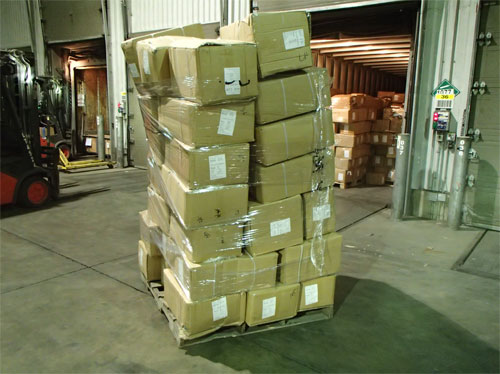
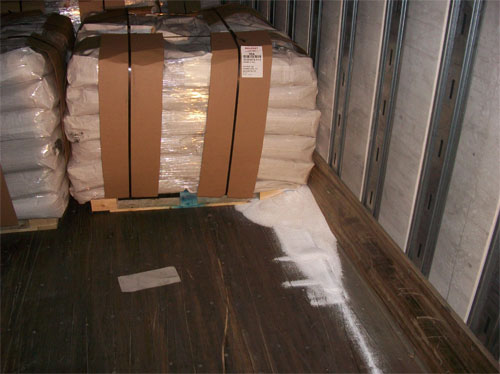
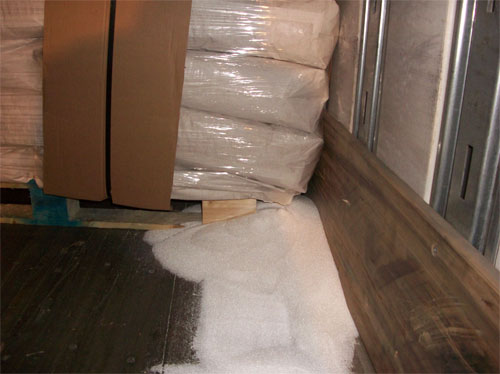
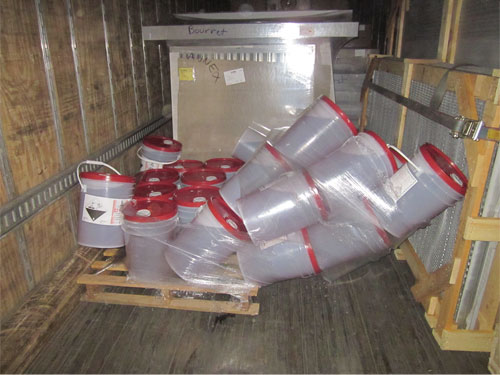
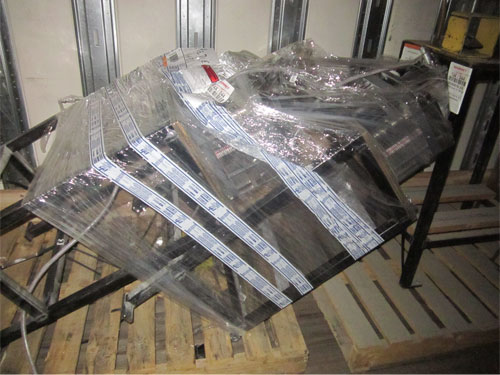
Need More Tips on Packaging?
Whether you have a load of unusual size or questions on the best way to protect your goods during transportation and handling, do not hesitate to contact us. We will help you prepare your cargo and protect it from transport risks with pleasure!
